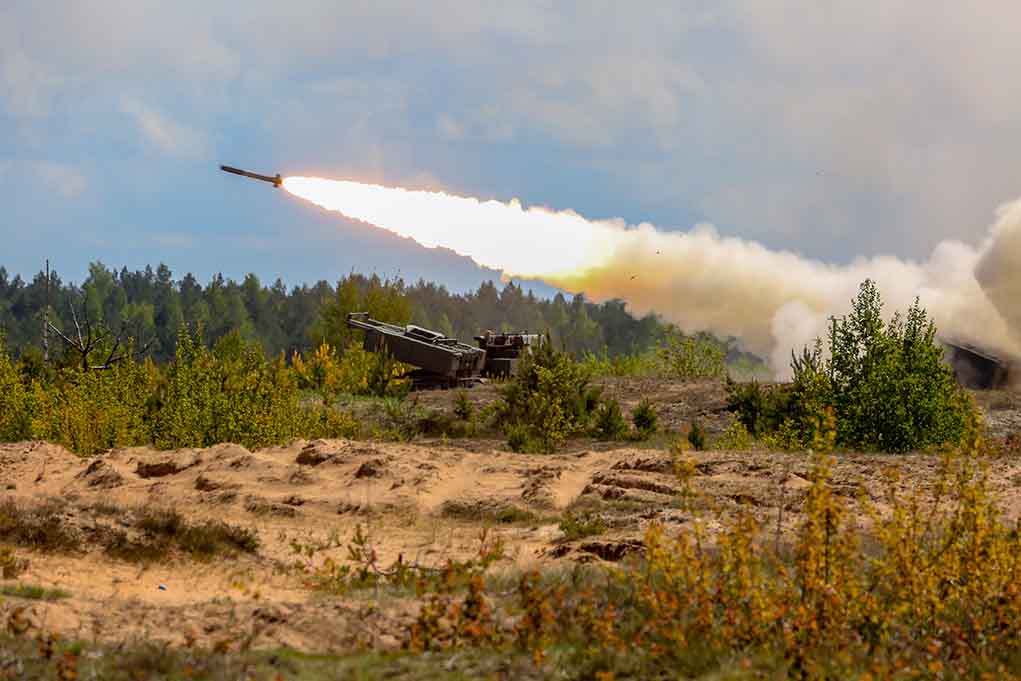
New Delhi’s largest-ever civil defense drills simulated missile strikes and building collapses across 55 locations in response to escalating India-Pakistan tensions, revealing critical gaps in the city’s emergency preparedness infrastructure.
Key Takeaways
- Delhi conducted comprehensive mock drills at 55 locations across 11 districts under ‘Operation Abhyaas’ following directives from the Union Home Ministry due to heightened India-Pakistan tensions.
- Emergency scenarios included missile strikes, air raids, building collapses, and fires at prominent locations such as Khan Market, NDMC headquarters, and Select Citywalk Mall.
- The exercises focused on evaluating administrative preparedness, teaching civilians response protocols, and creating realistic scenarios like the fire at the Inter-State Bus Terminus and the building collapse in Patel Nagar.
- Civil defence volunteers received hands-on training in firefighting basics, crowd control, and first aid, while schools and hospitals practiced evacuation procedures.
- A scheduled blackout in the NDMC area provided realistic conditions for emergency responders to operate during power outages.
Massive Civil Defense Operation Launches Across Capital
Delhi has undertaken its most extensive civil defense readiness program ever, conducting rigorous emergency drills at 55 strategic locations throughout 11 districts under the codename ‘Operation Abhyaas.’ The large-scale exercise came directly from the Union Home Ministry’s orders amid escalating tensions between India and Pakistan. Government officials mobilized multiple emergency response agencies to simulate various crisis scenarios, including missile strikes, air raids, building collapses, and major fires. The initiative represents a decisive step toward building a more resilient capital city capable of withstanding unexpected disasters.
The ambitious program targeted high-traffic civilian areas including Khan Market, the NDMC headquarters, Select Citywalk Mall, and the historic Chandni Chowk district. These locations weren’t chosen randomly – they represent densely populated areas where emergency scenarios would create maximum chaos without proper preparation. Officials designed the drills not only to test infrastructure readiness but also to educate ordinary citizens about proper evacuation procedures, emergency communications protocols, and basic first-aid techniques that could save countless lives during an actual crisis.
#WATCH | Delhi | On mock drills to be held on May 7, former Puducherry LG and former IPS officer Kiran Bedi says, "It's a cause for not to worry but it causes self-assurance and greater assurance because now we the people of India, the youth of India, the energetic of India, the… pic.twitter.com/LjjWWrYBzX
— ANI (@ANI) May 6, 2025
Realistic Scenarios Reveal Preparedness Gaps
Two particularly challenging scenarios included a major fire simulation at the Inter-State Bus Terminus and a simulated building collapse in Patel Nagar. These exercises exposed both strengths and critical weaknesses in current emergency response systems. Civil defense volunteers received practical experience in managing panicked crowds, containing fires, and treating simulated injuries – skills that would prove invaluable during an actual emergency. The drills highlighted areas requiring immediate improvement, including communication breakdowns between agencies and bottlenecks in evacuation routes.
“We practised how to respond if a fire breaks out in a crowded space like the ISBT. Fire tenders arrived promptly, and we were taught firefighting basics and crowd control,” said Rajat, a civil defence volunteer
Sub-Divisional Magistrate Nitin Shakya emphasized the importance of proper victim transportation during the drills, noting significant improvements needed in existing protocols. “We focused on mobilising rescue teams and creating awareness about transporting the injured to hospitals and nearby shelter homes,” Shakya explained while overseeing one of the more complex scenarios. Officials observed that while emergency medical response times were acceptable, the coordination between first responders and hospital intake procedures required substantial refinement to handle mass casualty events effectively.
India To Conduct Nationwide Civil Defence Drills Amid Pakistan Tensions
Large-scale civil defence drills will be held on Wednesday 7 May across 244 districts, including 100 deemed 'highly sensitive', such as Delhi, Mumbai, and areas with nuclear power stations.
The drills will… https://t.co/uTyJ7AQKw2 pic.twitter.com/7f9CqbwCAF
— RT_India (@RT_India_news) May 6, 2025
Educational Institutions and Infrastructure Resilience Testing
Schools and hospitals throughout Delhi participated actively in the drills, with administrators organizing evacuation procedures for thousands of students and patients. These specialized environments present unique challenges during emergencies, with vulnerable populations requiring extra attention and specialized evacuation protocols. Teachers received training on maintaining calm among young students, while hospital staff practiced moving immobile patients to safety. The exercises revealed concerning gaps in infrastructure resilience, particularly regarding backup power systems and emergency water supplies.
“We created a scenario of building collapse and trained people how to seek shelter, take the injured to the hospital, and shelter homes,” said District Magistrate Kinny Singh.
One of the most challenging aspects of the drills involved a scheduled blackout across the NDMC area, deliberately creating conditions where emergency responders had to operate without standard power sources. This simulated power outage tested backup generators at critical facilities and revealed how quickly communication systems degraded without electricity. The exercise highlighted our dangerous dependency on electrical systems during emergencies and reinforced the importance of maintaining analog alternatives for critical communications during crisis situations. Future drills will likely incorporate additional infrastructure stress tests.











